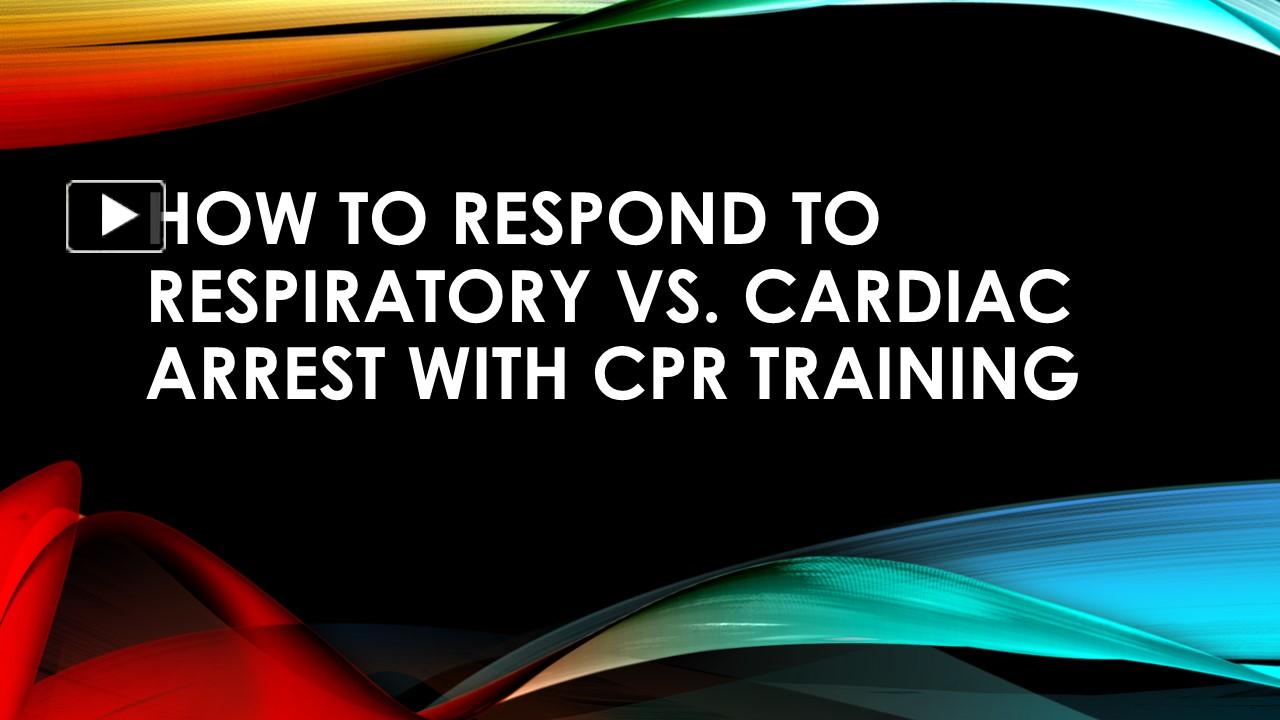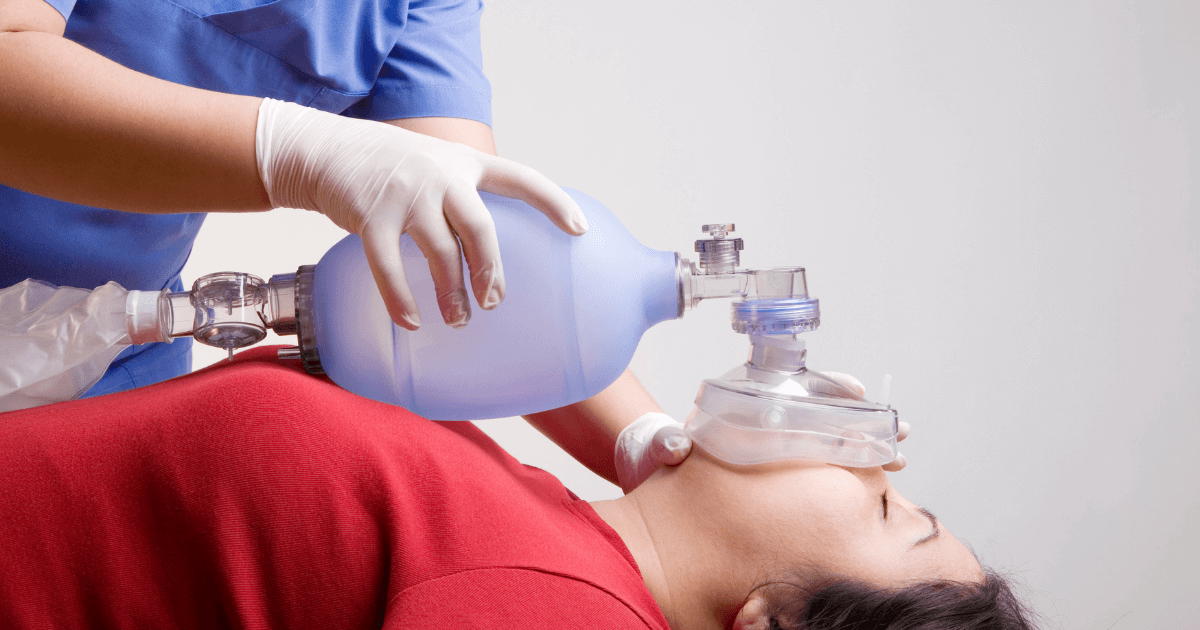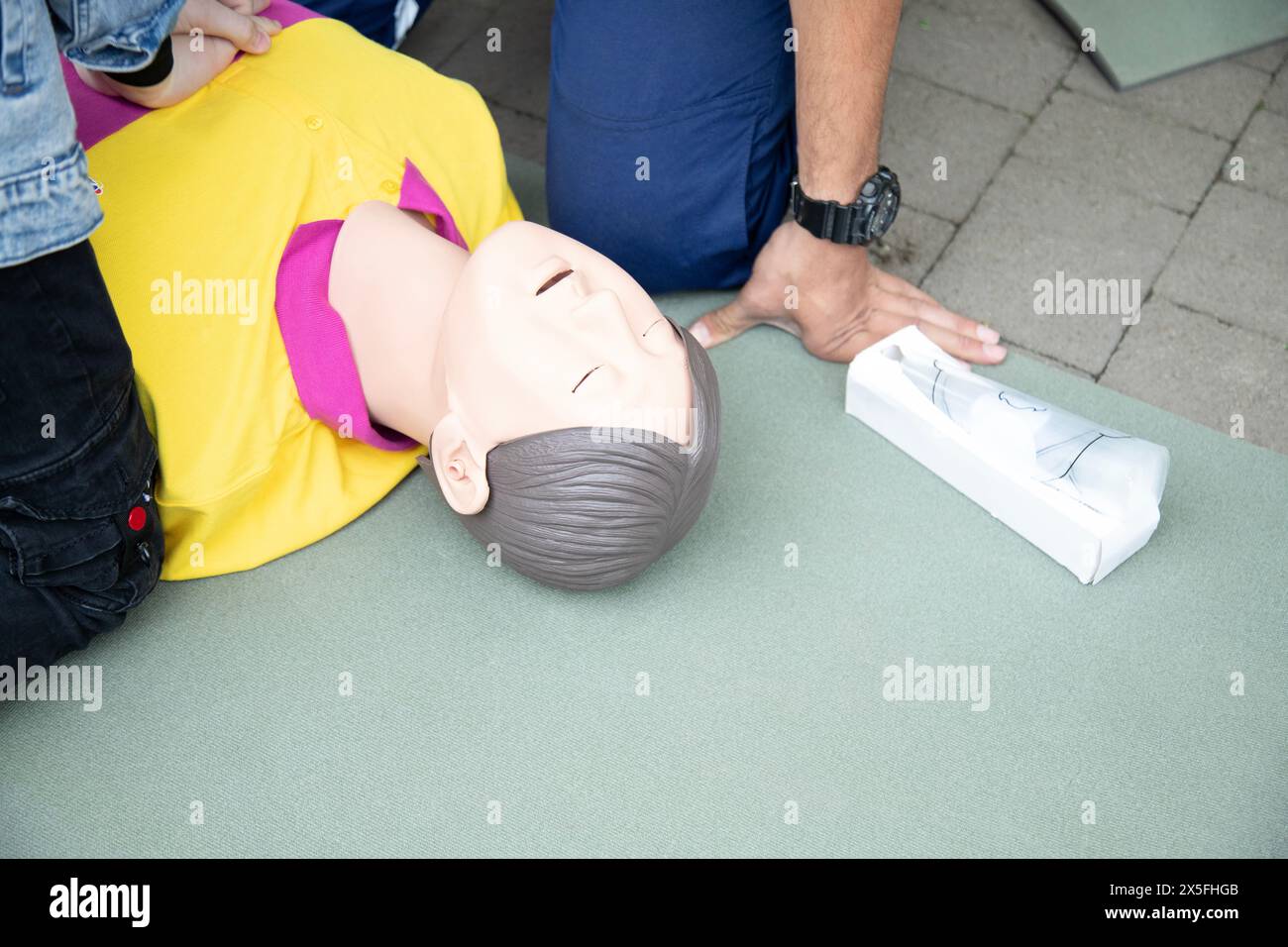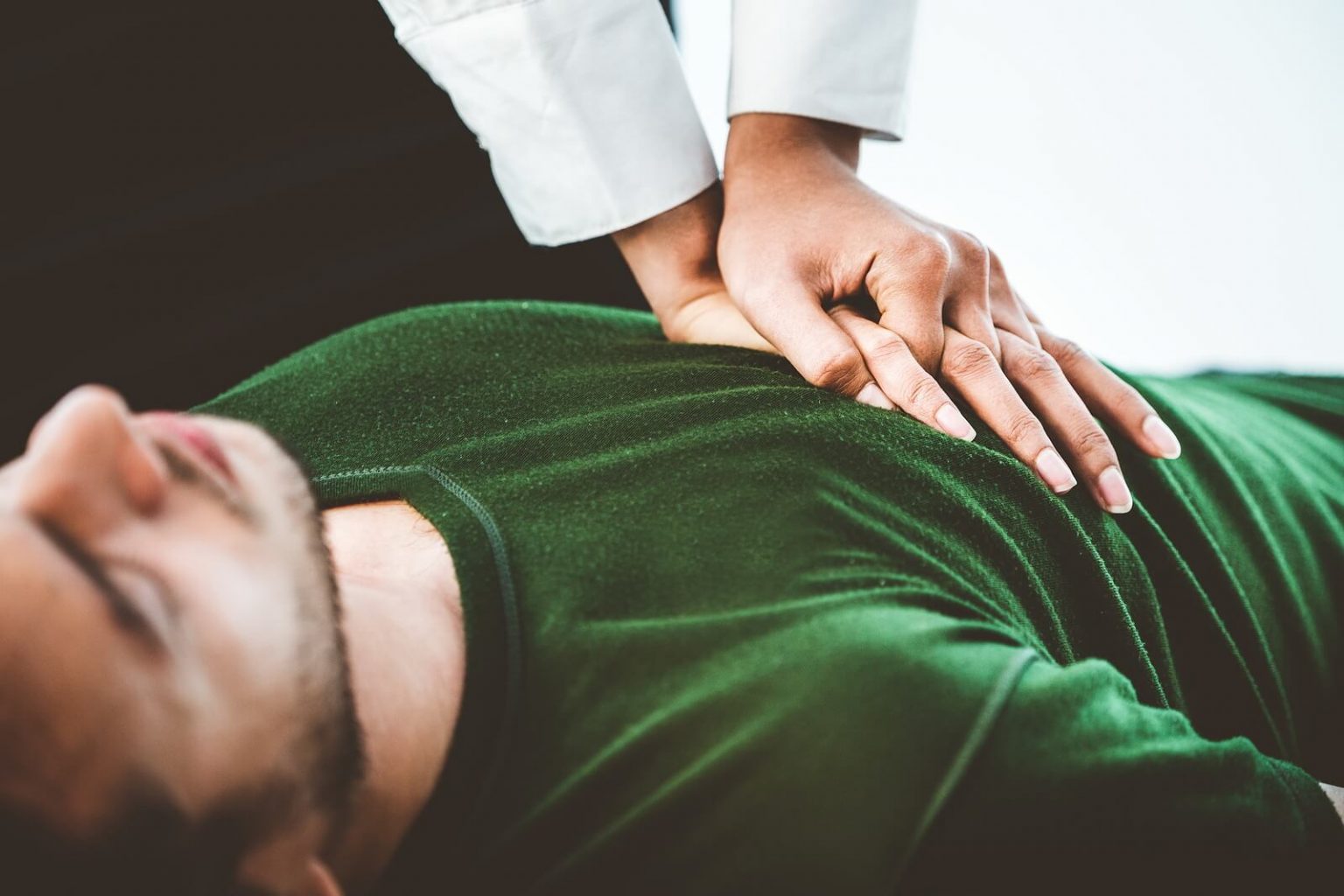Cpr Respiratory Arrest - How do you know if a patient or victim is experiencing cardiac arrest of respiratory arrest? Recognizing respiratory arrest, performing initial steps, opening the airway, checking for breathing and pulse, giving rescue breaths, and. When a patient goes into respiratory arrest, they are not getting oxygen to their vital organs and may suffer brain damage or cardiac arrest.
Recognizing respiratory arrest, performing initial steps, opening the airway, checking for breathing and pulse, giving rescue breaths, and. How do you know if a patient or victim is experiencing cardiac arrest of respiratory arrest? When a patient goes into respiratory arrest, they are not getting oxygen to their vital organs and may suffer brain damage or cardiac arrest.
Recognizing respiratory arrest, performing initial steps, opening the airway, checking for breathing and pulse, giving rescue breaths, and. When a patient goes into respiratory arrest, they are not getting oxygen to their vital organs and may suffer brain damage or cardiac arrest. How do you know if a patient or victim is experiencing cardiac arrest of respiratory arrest?
How to Respond to Respiratory vs. Cardiac Arrest with CPR Training
How do you know if a patient or victim is experiencing cardiac arrest of respiratory arrest? Recognizing respiratory arrest, performing initial steps, opening the airway, checking for breathing and pulse, giving rescue breaths, and. When a patient goes into respiratory arrest, they are not getting oxygen to their vital organs and may suffer brain damage or cardiac arrest.
Chapter 6 Respiratory Arrest (with pulse) American CPR Care
How do you know if a patient or victim is experiencing cardiac arrest of respiratory arrest? Recognizing respiratory arrest, performing initial steps, opening the airway, checking for breathing and pulse, giving rescue breaths, and. When a patient goes into respiratory arrest, they are not getting oxygen to their vital organs and may suffer brain damage or cardiac arrest.
Respiratory Arrest for the Adult Victim CPR Certification Institute
How do you know if a patient or victim is experiencing cardiac arrest of respiratory arrest? When a patient goes into respiratory arrest, they are not getting oxygen to their vital organs and may suffer brain damage or cardiac arrest. Recognizing respiratory arrest, performing initial steps, opening the airway, checking for breathing and pulse, giving rescue breaths, and.
855 Respiratory Arrest Images, Stock Photos & Vectors Shutterstock
When a patient goes into respiratory arrest, they are not getting oxygen to their vital organs and may suffer brain damage or cardiac arrest. Recognizing respiratory arrest, performing initial steps, opening the airway, checking for breathing and pulse, giving rescue breaths, and. How do you know if a patient or victim is experiencing cardiac arrest of respiratory arrest?
All You Need To Know About Respiratory Arrest Definition, Causes, And
When a patient goes into respiratory arrest, they are not getting oxygen to their vital organs and may suffer brain damage or cardiac arrest. How do you know if a patient or victim is experiencing cardiac arrest of respiratory arrest? Recognizing respiratory arrest, performing initial steps, opening the airway, checking for breathing and pulse, giving rescue breaths, and.
First Aid Illustration Resuscitation (Cpr), Cardiac Arrest Or
How do you know if a patient or victim is experiencing cardiac arrest of respiratory arrest? When a patient goes into respiratory arrest, they are not getting oxygen to their vital organs and may suffer brain damage or cardiac arrest. Recognizing respiratory arrest, performing initial steps, opening the airway, checking for breathing and pulse, giving rescue breaths, and.
Recognizing and Treating Respiratory Arrest
How do you know if a patient or victim is experiencing cardiac arrest of respiratory arrest? When a patient goes into respiratory arrest, they are not getting oxygen to their vital organs and may suffer brain damage or cardiac arrest. Recognizing respiratory arrest, performing initial steps, opening the airway, checking for breathing and pulse, giving rescue breaths, and.
Cardiopulmonary resuscitation ,respiratory arrest ,cardiac arrest
Recognizing respiratory arrest, performing initial steps, opening the airway, checking for breathing and pulse, giving rescue breaths, and. How do you know if a patient or victim is experiencing cardiac arrest of respiratory arrest? When a patient goes into respiratory arrest, they are not getting oxygen to their vital organs and may suffer brain damage or cardiac arrest.
Do you do CPR for respiratory arrest? SureFire CPR
When a patient goes into respiratory arrest, they are not getting oxygen to their vital organs and may suffer brain damage or cardiac arrest. How do you know if a patient or victim is experiencing cardiac arrest of respiratory arrest? Recognizing respiratory arrest, performing initial steps, opening the airway, checking for breathing and pulse, giving rescue breaths, and.
Differences Between Respiratory and Cardiac Arrest
Recognizing respiratory arrest, performing initial steps, opening the airway, checking for breathing and pulse, giving rescue breaths, and. How do you know if a patient or victim is experiencing cardiac arrest of respiratory arrest? When a patient goes into respiratory arrest, they are not getting oxygen to their vital organs and may suffer brain damage or cardiac arrest.
How Do You Know If A Patient Or Victim Is Experiencing Cardiac Arrest Of Respiratory Arrest?
When a patient goes into respiratory arrest, they are not getting oxygen to their vital organs and may suffer brain damage or cardiac arrest. Recognizing respiratory arrest, performing initial steps, opening the airway, checking for breathing and pulse, giving rescue breaths, and.









/adult-resuscitation-136811270-5a244663845b340036078f78.jpg)